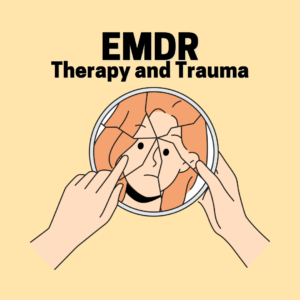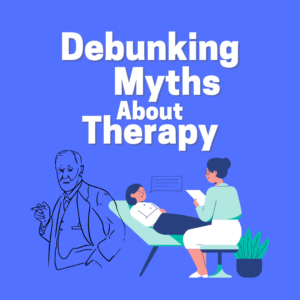-
 Mind How You Go - Youth€200.00
Mind How You Go - Youth€200.00 -
 The Voyage - €200€200.00
The Voyage - €200€200.00
What is EMDR Therapy?
So, what is EMDR Therapy?
Learn about how EMDR therapy works, what it is like, and how widely it is recognized. EMDR therapists discuss how EMDR therapy works and discuss the feedback they receive from clients.
EMDR (Eye Movement Desensitization and Reprocessing) therapy is a psychotherapy approach designed to help individuals process and overcome traumatic experiences or distressing memories. The therapy involves a structured eight-phase process where the therapist guides the client through revisiting distressing memories while simultaneously stimulating bilateral brain activity, typically through eye movements. This bilateral stimulation helps the brain process the traumatic memories more adaptively, leading to reduced emotional intensity and a decrease in associated negative beliefs and emotions. EMDR therapists use this technique to help clients reprocess traumatic events and foster psychological healing. The therapy is often described as a unique experience, as clients may initially feel apprehensive or vulnerable when revisiting painful memories. However, many clients also report significant improvements in their emotional well-being and a sense of relief after undergoing EMDR therapy. Over the years, EMDR has gained widespread recognition and acceptance within the mental health community as an effective treatment for post-traumatic stress disorder (PTSD) and other trauma-related conditions. Numerous research studies and clinical trials have demonstrated the efficacy of EMDR therapy, leading to its integration into various therapeutic settings and treatment approaches, making it a valuable tool for therapists working with trauma survivors.




